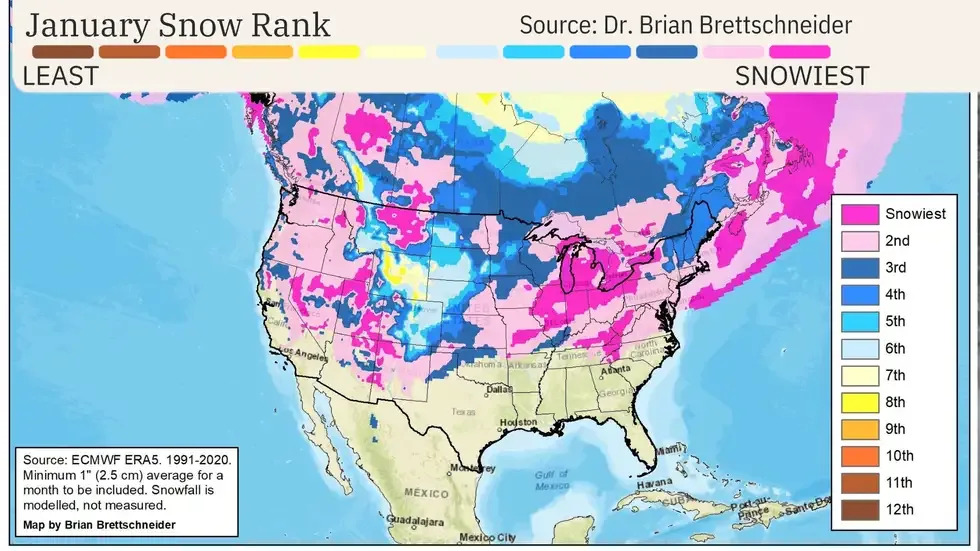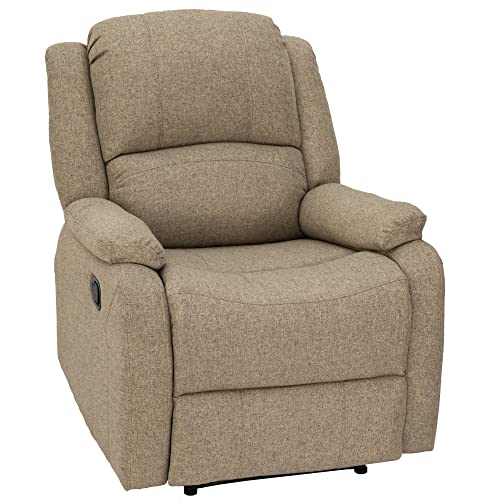Two important things for those new to winter nomad traveling to know.
In the east around the Great Lakes there is something known as Lake Effect Snows. Sometimes called Alberta Clippers which are generally fast events. (Red arrows) The Arctic winds blow from the Alberta, Canada area to the south east.
In the case of a "Nor-Easter" eastern wind off the east coast (Green arrows) the snows can go westward. This because the Great Lakes are much like an inland ocean with loads of moisture above it.

If you are traveling in the west, moisture from the Pacific Ocean will be carried inland by the prevailing west to east winds carrying moisture rain/snow. (Red arrows) This generally is stopped or deflected by the Rocky Mountain range.

The Red diagonal line across Colorado (marking the Front Range) shows where the rain and snowfall from Pacific tends to stop because the air from the west recedes back down the slope instead of up over the top of the mountains. This is because Colorado is far inland from the Pacific Ocean and Gulf of Mexico, so that moisture has to travel a long distance before reaching the state.
Still on occasion "upslope storms" will carry precipitation a great distance onto the Front Range region. These storms tend to come from the south east with events such as Pacific cyclonic storms in the Pacific along with the Jet Stream that will draw air in from the Gulf of Mexico. This tends to happen in the cooler months of the year.
Some things to bear in mind if traveling thru these parts of the USA in the winter months.
















































































